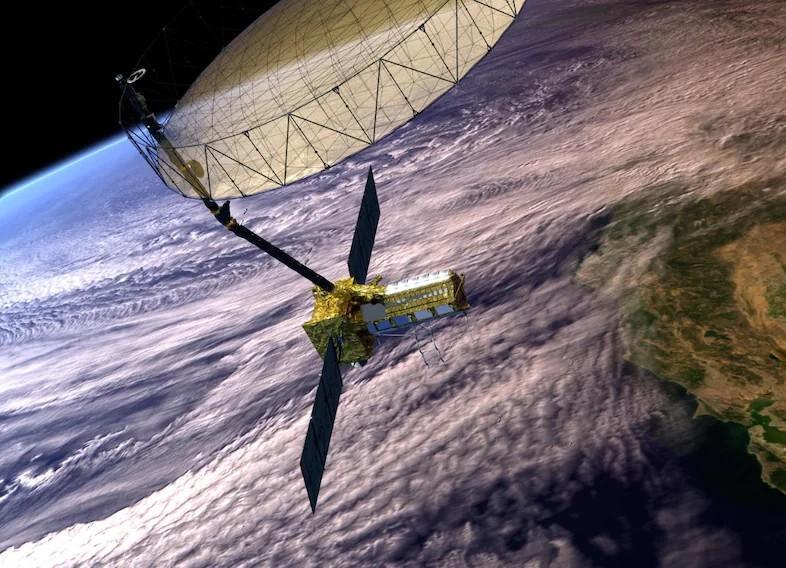
US to Launch its Costliest Imaging Satellite on Rocket it Tried to Stop India from Making
The United States space agency NASA is set to launch its most expensive ever earth imaging satellite, NISAR, on board India’s Geosynchronous Satellite Launch Vehicle (GSLV) rocket. The satellite, valued at a whopping ₹13,000 crores, will take only 12 days to scan the entire Earth. This unprecedented collaboration between NASA and ISRO (Indian Space Research Organisation) has exposed NASA’s weaknesses and highlighted ISRO’s strengths.
NISAR, which stands for NASA-ISRO Synthetic Aperture Radar, is a dual-frequency synthetic aperture radar (SAR) mission. This advanced technology will enable the satellite to capture high-resolution images of the Earth’s surface, providing valuable insights into natural disasters, climate change, and land-use patterns. The satellite will be able to scan the entire Earth in just 12 days, which is a remarkable feat considering its massive size and complexity.
What makes this mission even more intriguing is the fact that NASA has chosen to launch NISAR on ISRO’s GSLV rocket. This decision has raised eyebrows, as NASA had previously attempted to directly acquire the technology for the cryogenic engines that power the GSLV rocket from Russia. However, the United States government had pressured Russia to withhold the technology, citing concerns over the missile technology transfer.
India, undeterred by the setback, had developed its own cryogenic engine technology using Russia’s ready-made components. This achievement was a significant milestone in India’s space program, as it marked the country’s entry into the exclusive club of space powers that possess cryogenic engine technology.
The decision to launch NISAR on ISRO’s GSLV rocket has exposed NASA’s weaknesses in several areas. Firstly, it highlights the limitations of NASA’s own rocket technology, which is unable to meet the requirements of such a massive and complex satellite. Secondly, it showcases NASA’s reliance on international cooperation, as it is forced to partner with other space agencies to achieve its goals.
On the other hand, ISRO’s involvement in the NISAR mission has demonstrated the organization’s strengths in several areas. Firstly, it has showcased ISRO’s capabilities in developing advanced rocket technology, including cryogenic engines. Secondly, it has highlighted ISRO’s expertise in launch vehicles, which has enabled it to successfully launch a range of satellites into space.
The NISAR mission is a testament to the power of international cooperation in space exploration. Despite the challenges and setbacks, NASA and ISRO have been able to work together to achieve a common goal. The mission’s success will not only provide valuable scientific data but also strengthen the bonds between the two space agencies.
In conclusion, the launch of NISAR on ISRO’s GSLV rocket is a significant event that has exposed NASA’s weaknesses and highlighted ISRO’s strengths. The mission’s success will have far-reaching implications for space exploration and will pave the way for future collaborations between NASA and ISRO.






